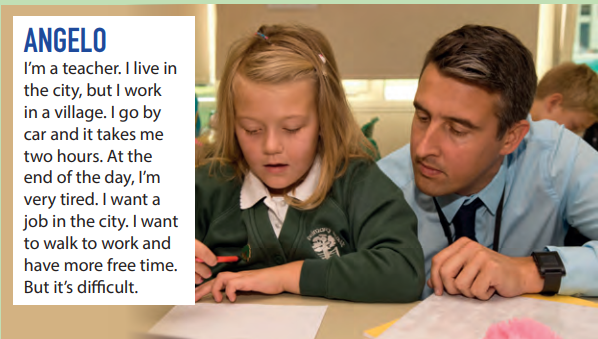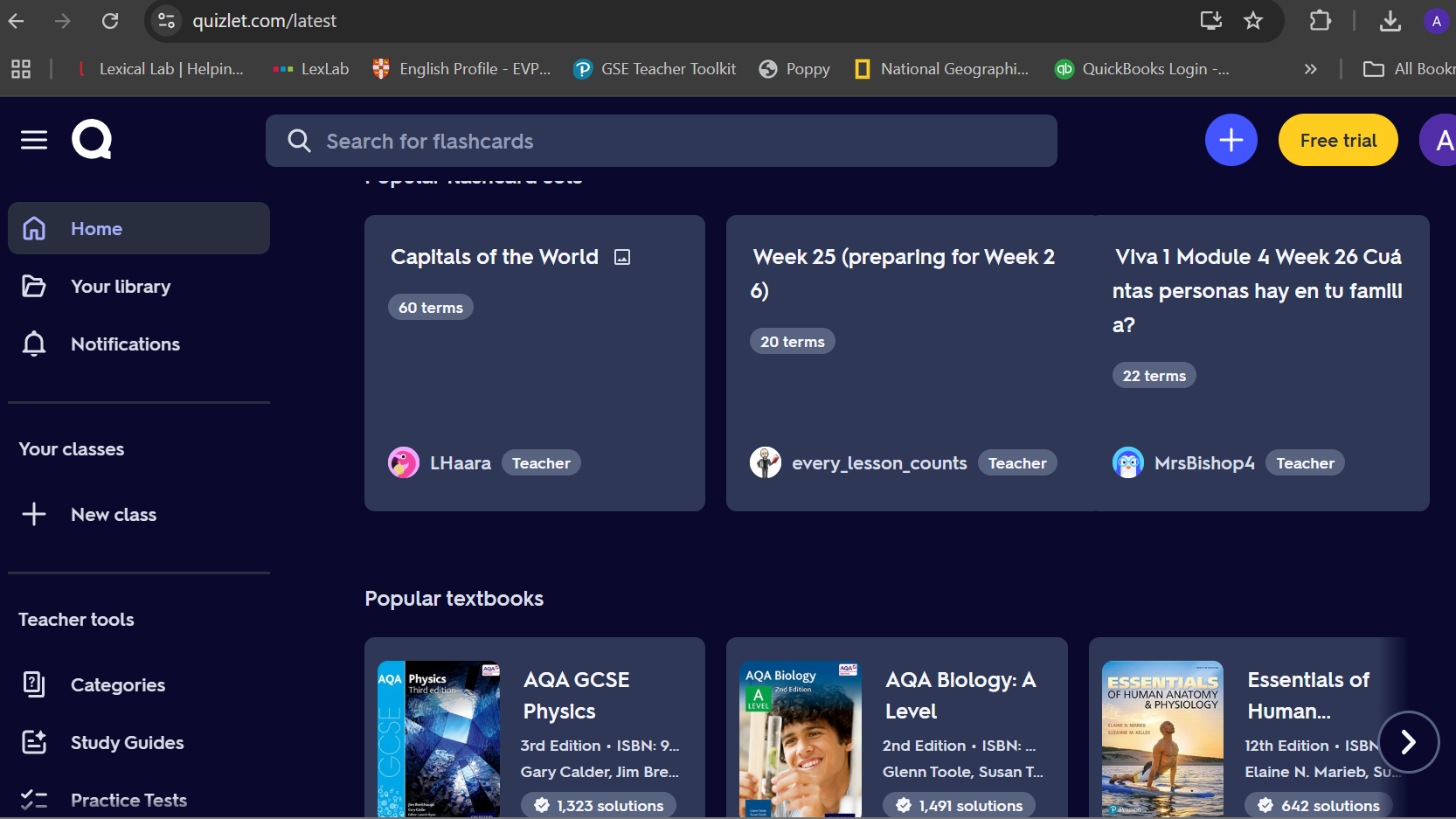Rereading texts to revise language can be good because we access language outside the selection in exercises labelled vocabulary or grammar. Whether you have treated the listening or reading text as purely developing skills or not, there is good reason to revisit texts to focus on language – especially when we want to revise content later in the course and especially at low levels.Rereading to improve reading fluency (and revise words)In the case of lower levels, it can be good to reread a text to help with reading fluency – especially when your students are working with a new...
More activities to revise language in class at low levels
Why do activities to revise language in class? Teachers sometimes see class time as only for ‘new’ input. Revision is for students to do at home. I understand that idea. It also depends a bit how long your class is. If you have one 50 or 60-minute class a week, maybe that makes some sense. And students do have to take some responsibility, right? Ultimately, languages are truly learnt and certainly become more ‘real’ when students study and use the language outside class. But then many students set aside 3 or 4 hours of their week to do a class, so expecting a huge amount extra is not...
Low level activities to revise vocabulary: what to choose
To learn words students need to recall and use them multiple times, so it is good to have activities to revise vocabulary in class. In this post I look at choosing items to revise and what difference low levels makes on this and the tasks we do.Not just vocabularyThe first thing to say is that I think we should encourage students to think that when they revise vocabulary they also revise grammar. This is particularly true at the lowest levels where so many words are what might be described as grammar words and others have a an overall conceptual meaning that allows for a huge number of...
Student-centred classes: it’s not just pair work!
What do teachers mean by student-centred classes? It seems some only see it as increasing pair work and reducing whole class teaching. The teacher should be a facilitator setting up tasks and watching, rather than doing explicit teaching. That at least was an impression I had from one teacher at a recent training, but it also comes from CELTA trainers urging to keep teacher talking time (TTT) to a minimum and others who frown on direct explicit teaching. However, I think this is a rather reductive way of thinking about learner-centred classrooms and hides important principles of...
What is a good coursebook for beginners?
In a pevious post I explained why the typical syllabus at low levels is bad, but this does leave the question what is a good coursebook for beginners? Obviously, the short answer to this question is our own book Outcomes Beginner, but in this post and others I’m going to set out a bit more about what our alternative A1 / A2 syllabus is, why I think Outcomes is a good coursebook for beginners. Having said that, I am not blind to the limits of using a coursebook – even a good one – and I will note these downsides also.An important point of principleBefore I talk about the...
Teaching grammar at low levels through chunks
We could be teaching more grammar at low levels through grammaticalized chunks. We already do it sometimes, but we do it very inconsistently. Ironically, that’s because the syllabus at low levels is defined by teaching grammar, rather than being guided by what students need and want to say. By teaching grammar through chunks we provide scaffolding for learners’ conversations at low levels.Would you like some more chunks?The best example of a grammaticalized chunk is frequently taught is Would you like …? Students are told it’s a ‘polite’ form of want, but no comment...
How (not) to teach … the present continuous
I have already suggested that one way is to teach the present continuous is through a chunk. But I know some do not want to teach it this way. Instead, the preference is to teach the present continuous meaning by meaning.Divide and rulesIt is curious how grammar is sometimes divided up. For example, while most teachers nowadays are quite happy to section off Would you like … as some kind of lexico-grammatical structure that can be taught to beginners, the low-level syllabus still dictates that Have you been …? cannot be treated in this way (although … ahem … there are a couple of honourable...





